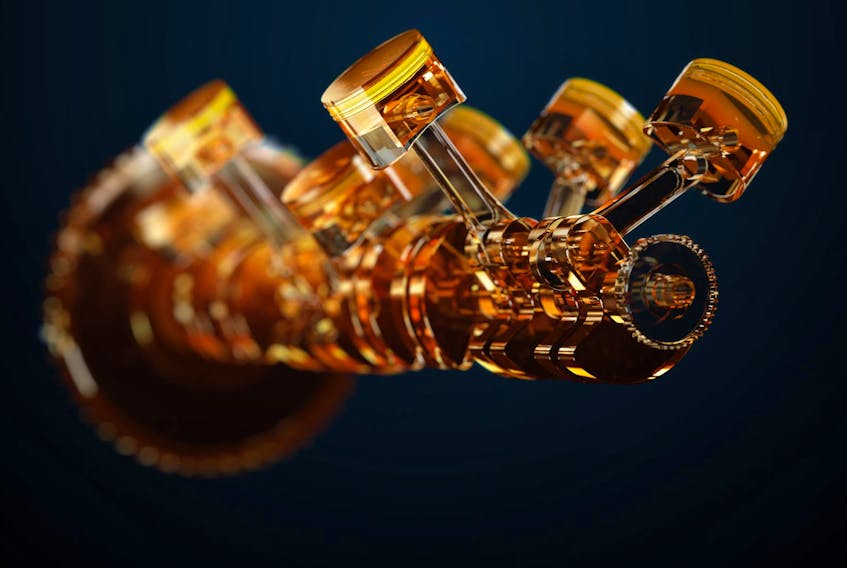Q:
I have a 2010 Cadillac STS 3.6-litre engine with 96,000 km, which for past two years has without fail given code 2099 (post catalyst fuel trim system too rich bank two which is left side for this auto) every month and anywhere between 600 to 1,500 km driven. It does not seem to cause any driving problem other than the code prevents the remote start until the code is erased. I have replaced the post catalytic sensor bank two and have done live data study using a scanner to compare both banks. Data does not indicate any noticeable difference. I have also cleaned the Mass Air Flow sensor with proper spray as suggested on an internet site. Any suggestions for what else I should be looking at to solve this annoying code problem every month or so? Also, where is the BCM on this auto?
— Gerry
A:
The post catalyst oxygen sensor has nothing to do with drive ability of the engine. It only monitors the operation of the catalytic converter.
Code 2099 will only set occasionally when there is a problem, as the test cycle for the catalytic codes usually involves a minimum of a 20-minute test drive under exacting driving conditions.
I have driven vehicles in the winter time that didn’t run this test cycle for more than a couple months.
Code 2099 is a generic emissions code that indicates the catalytic converter isn’t able to convert the NOX and CO gases into H2O, CO2 and Nitrogen. This can happen for a variety of reasons. One of these is that the catalytic converter is not working properly or has been contaminated or damaged internally, but don’t replace the converter as a first step.
The converter may not be able to convert the gases because the engine is operating too rich or too lean. The first step is to ensure the post catalyst oxygen sensor is good.
You have been monitoring it with a scan tool but the readings are very sensitive and I have found some after-market sensors don’t respond as well as the factory sensor.
If you replaced the sensor with an after-market unit, I would install a new factory sensor. As an alternative, you could swap it with the post catalyst sensor on the converter on other side of the vehicle and see if the code also moves to the other side.
An engine misfire caused by a faulty spark plug or coil could cause the problem but this should also set other codes. I would look for a vacuum leak at the engine or exhaust system leak in front of the converter as both of these can cause the engine to operate rich, which would cause the converter to set the code. If all checks fine, then the converter may be the reason the code is setting.
As for the BCM (Body Control Module), it is a black module about 13x18x4 cm (5x7x 1.5 inches) and has seven electrical connectors in one side of the module. It is located under the driver’s side of the dash clipped into a plastic bracket.
Q:
I have a quick question about gas mileage for fuels containing ethanol (especially E10 — 10 per cent ethanol). I have heard the BTUs in a gallon of E10 is considerably less than in a regular gallon of gas. Do you end up burning just as much actual gas due to lower gas mileage from a gallon of E10?
A:
E10 does contain less BTU than gasoline. Gasoline, on average contains around 125,000 BTU (British Thermal Units) of heat energy.
Pure ethanol contains only about 84,400 BTU, considerably less than gasoline, but when mixed with gasoline as E10, the energy level is back up to 120,900 BTU — almost 97 per cent of regular gasoline.
The efficiency of automobile internal combustion engines has improved over the years but it is still poor at converting heat energy into mechanical power.
We are doing good if we can utilize about 35 per cent of the energy. Most of the energy is turned into heat that goes out the tailpipe.
Even if we captured 40 per cent of the heat energy, it would only equate to about 1 1/3 per cent less fuel economy.
That small percentage is well within the amount a driver could conserve just by letting the vehicle idle less.
MORE AUTO ADVICE:









